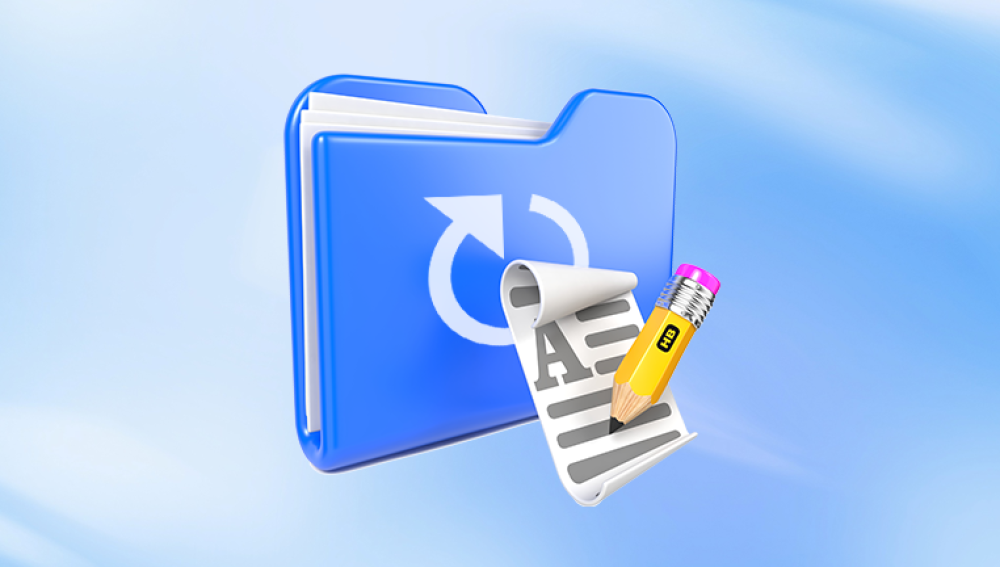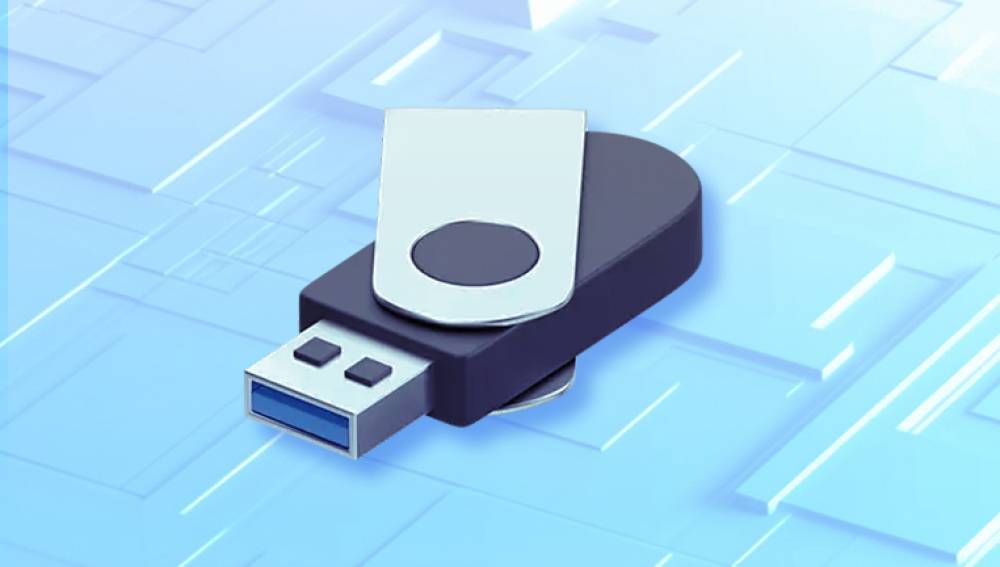Operating System Recovery: During a system boot or recovery process, critical files may be missing, leading to this error.
Database Recovery: When attempting to restore a database, missing backup files or logs can cause this error.
File System Recovery: Utilities designed to recover corrupted or lost file systems may fail if essential directories or files are absent.
Several factors can contribute to this error:

File Deletion or Corruption: Essential files or directories may have been accidentally deleted or corrupted.
Incorrect File Paths: Misconfiguration or typographical errors in file paths can lead to this issue.
Hardware Issues: Failing storage devices may result in inaccessible files.
Permission Issues: Inadequate permissions can prevent access to necessary files or directories.
Software Bugs: Bugs in recovery software can cause it to misidentify or fail to locate required files.
Diagnosing the Issue
Step 1: Verify File and Directory Existence
Begin by confirming that the specified file or directory actually exists. Use command-line tools or file explorers to navigate to the location in question.
Command-Line Check (Linux/Unix):
ls -l /path/to/file/or/directory
Command-Line Check (Windows):
dir C:\path\to\file\or\directory
Step 2: Check File Paths
Ensure that the file paths specified in your recovery scripts or configurations are correct. Look out for typographical errors or incorrect directory structures.
Step 3: Inspect Permissions
Verify that the necessary permissions are set for accessing the files or directories. On Unix-like systems, you can use the ls -l command to check permissions.
Changing Permissions (Linux/Unix):
chmod 755 /path/to/directory chmod 644 /path/to/file
Step 4: Examine Hardware Integrity
Inspect your storage devices for signs of failure. Use diagnostic tools provided by your operating system or third-party utilities to check the health of your hard drives or SSDs.
Step 5: Review Logs
Check system or application logs for additional error messages or warnings that might provide more context about the issue.
Solutions
Solution 1: Restore Missing Files
If files or directories are missing, restore them from backups. Ensure you have a reliable backup strategy to prevent data loss.
Solution 2: Correct File Paths
Update your recovery scripts or configurations with the correct file paths. Double-check for any typographical errors or incorrect directory structures.
Solution 3: Fix Permissions
Adjust the permissions of the files or directories to ensure that the recovery process can access them.
Example (Linux/Unix):
chmod 755 /path/to/directory chmod 644 /path/to/file
Solution 4: Repair Corrupted Files
Use file system repair tools to fix corrupted files or directories. On Unix-like systems, fsck can be used for this purpose.
Example (Linux/Unix):
sudo fsck /dev/sdX
Solution 5: Replace Failing Hardware
If hardware issues are detected, replace the failing storage devices. Ensure that critical data is backed up before replacing any hardware.
Solution 6: Update Software
Ensure that your recovery software is up-to-date. Software updates often include bug fixes and improvements that can resolve such issues.
Preventive Measures
Regular Backups
Maintain regular backups of your critical data. Use automated backup solutions to ensure that your data is consistently backed up without manual intervention.
Monitor Hardware Health
Regularly monitor the health of your storage devices. Use tools like S.M.A.R.T. (Self-Monitoring, Analysis, and Reporting Technology) to detect potential hardware failures early.
Validate Recovery Procedures
Periodically test your recovery procedures to ensure that they work correctly. This helps identify potential issues before an actual recovery scenario arises.
Secure Permissions
Implement proper permission management practices to prevent unauthorized access or accidental deletion of critical files.
Keep Software Updated
Regularly update your operating systems, recovery tools, and other relevant software to benefit from the latest features and security patches.




